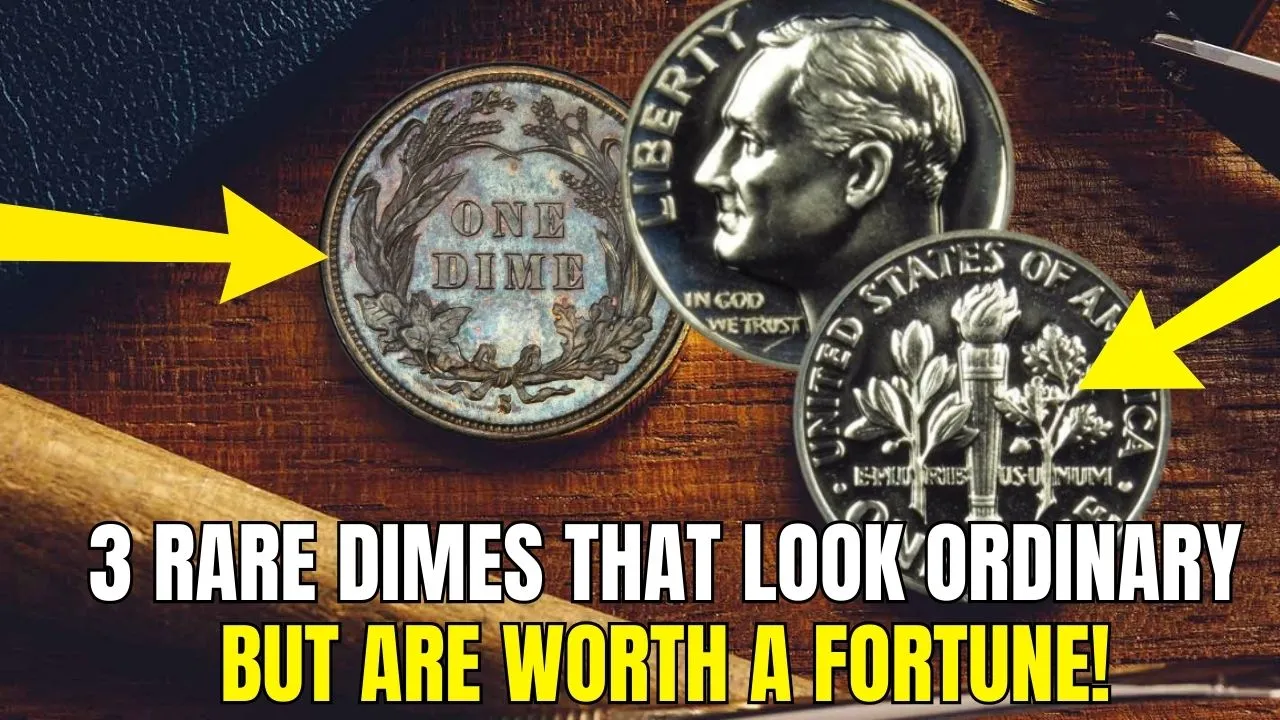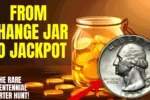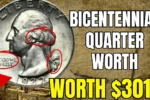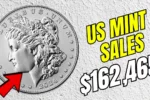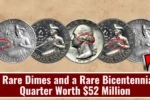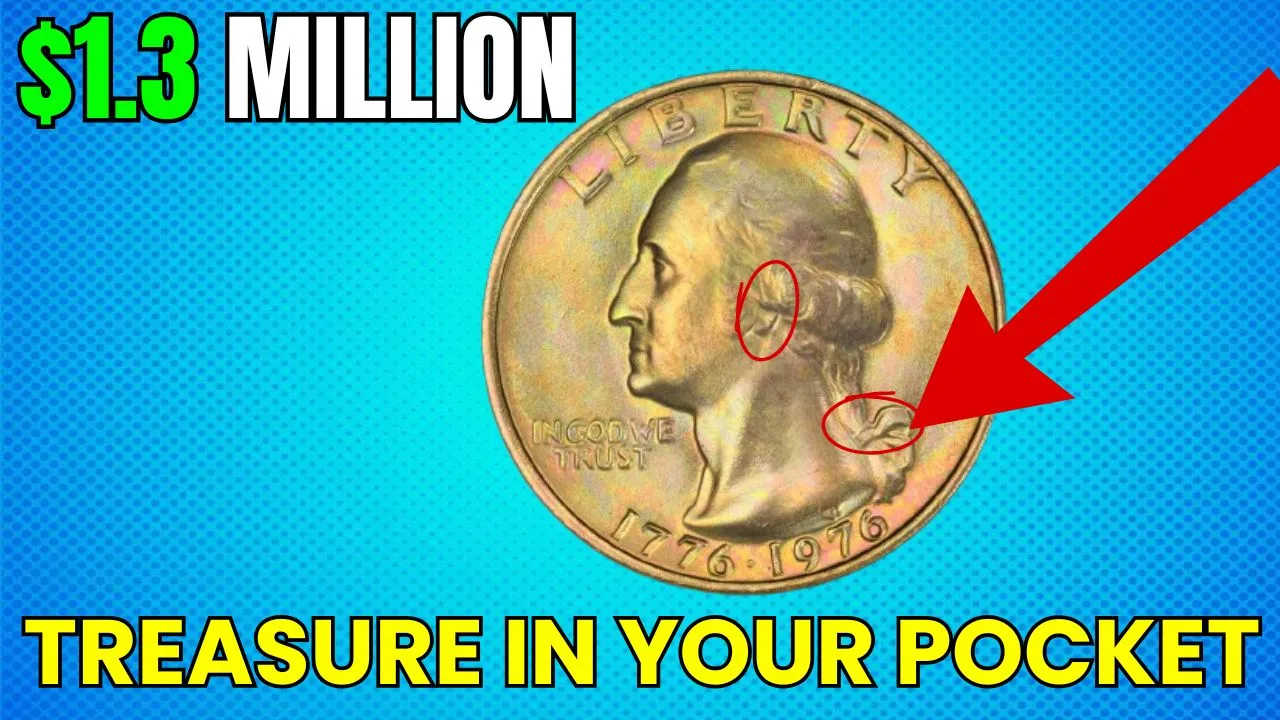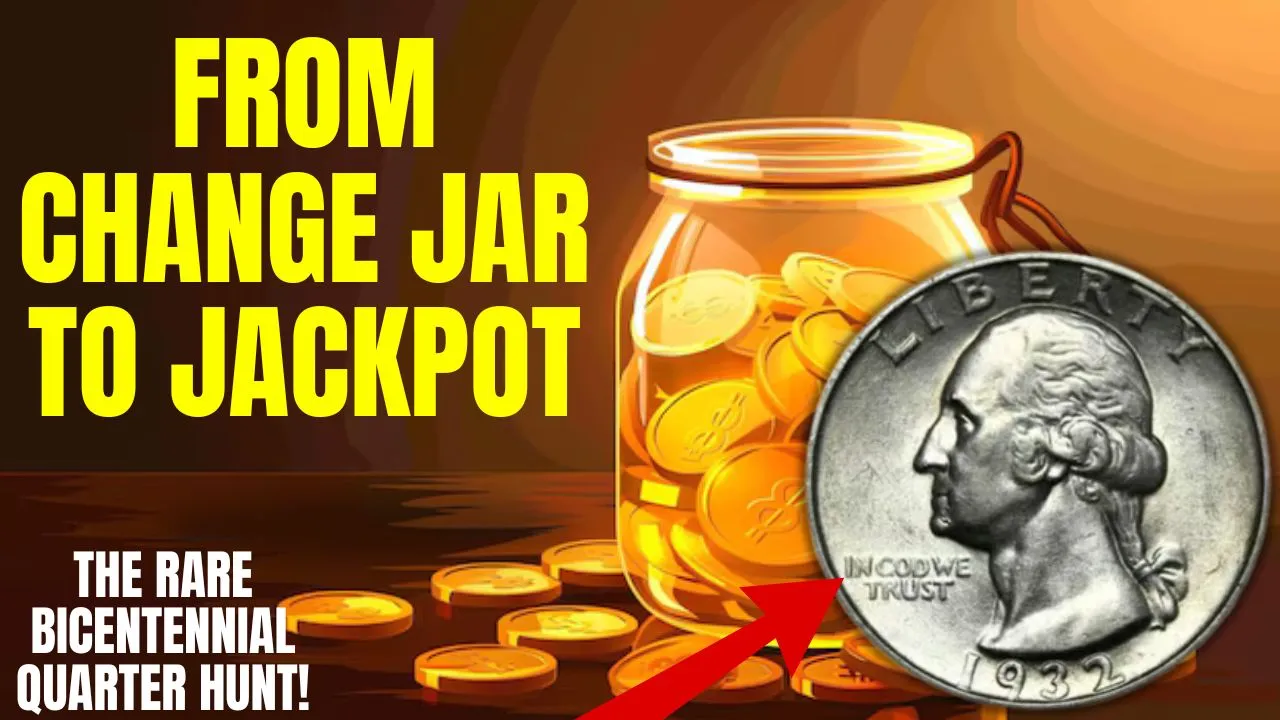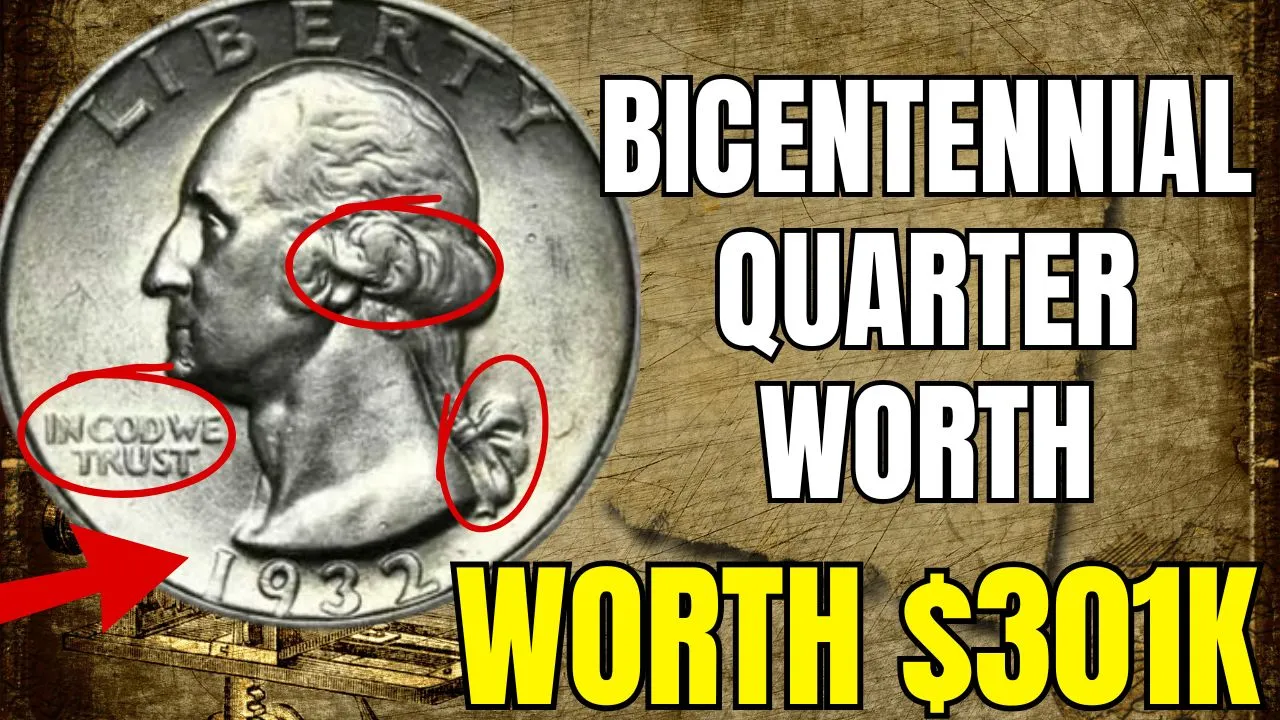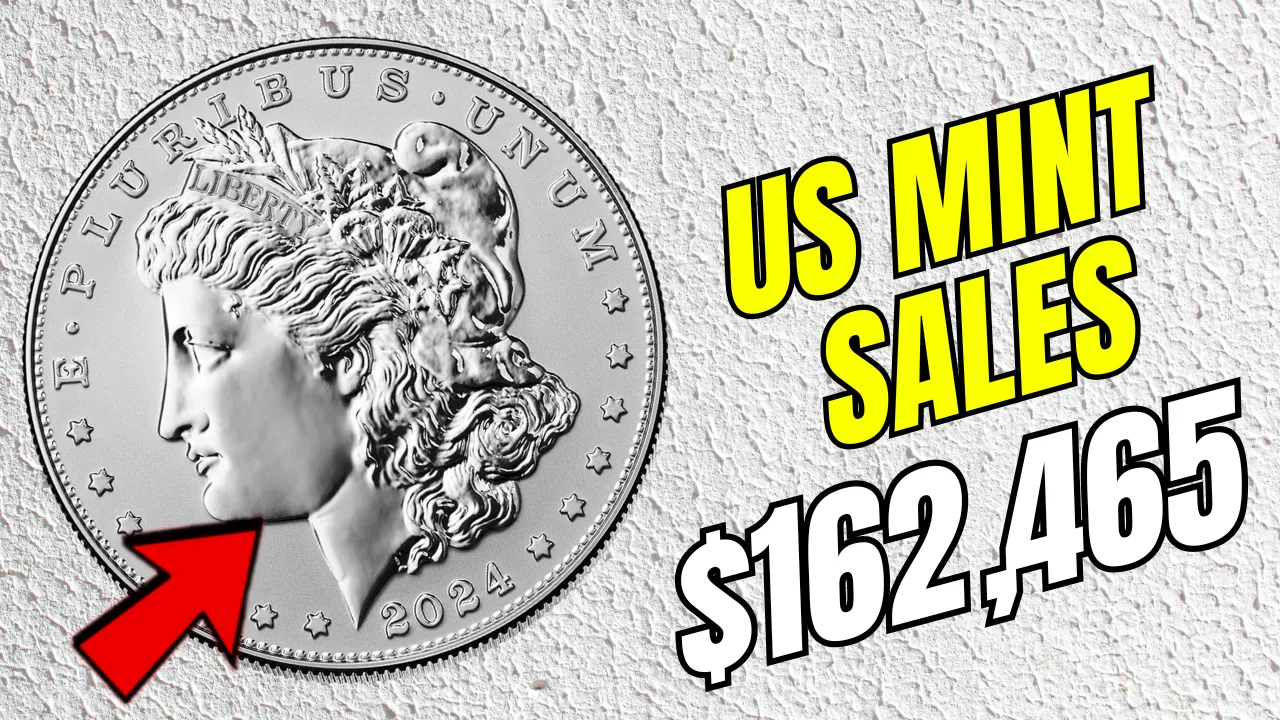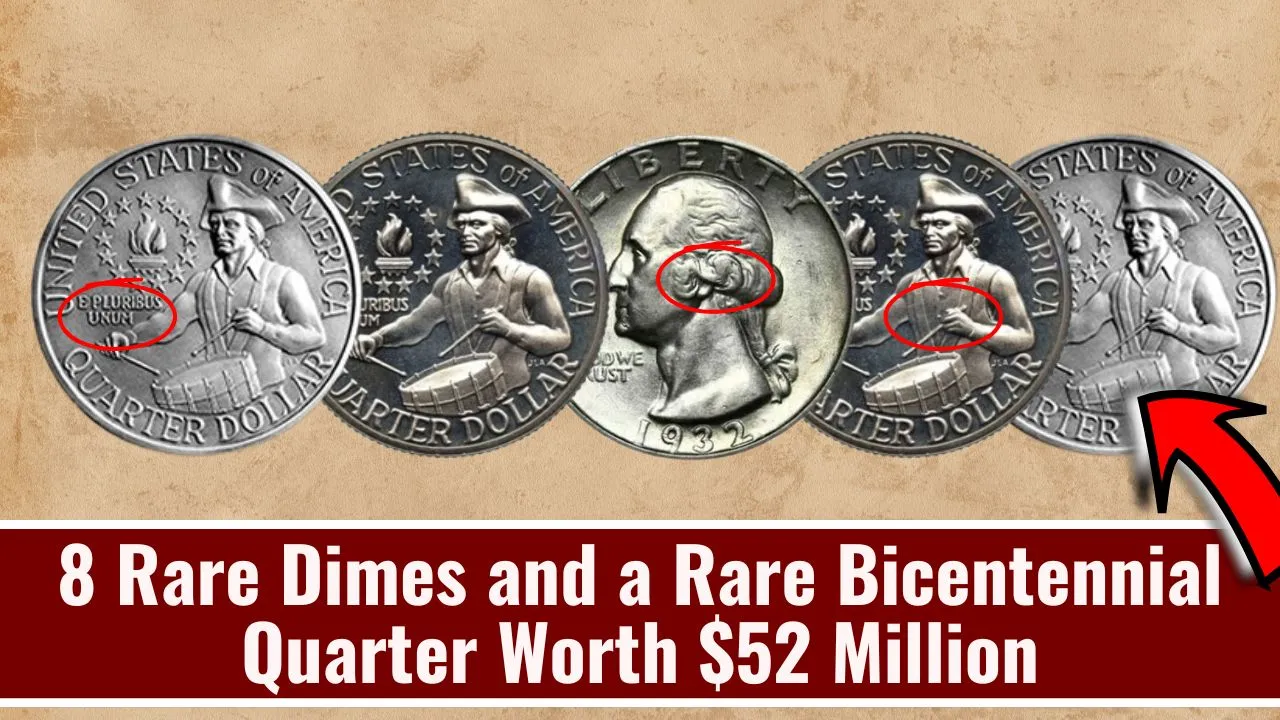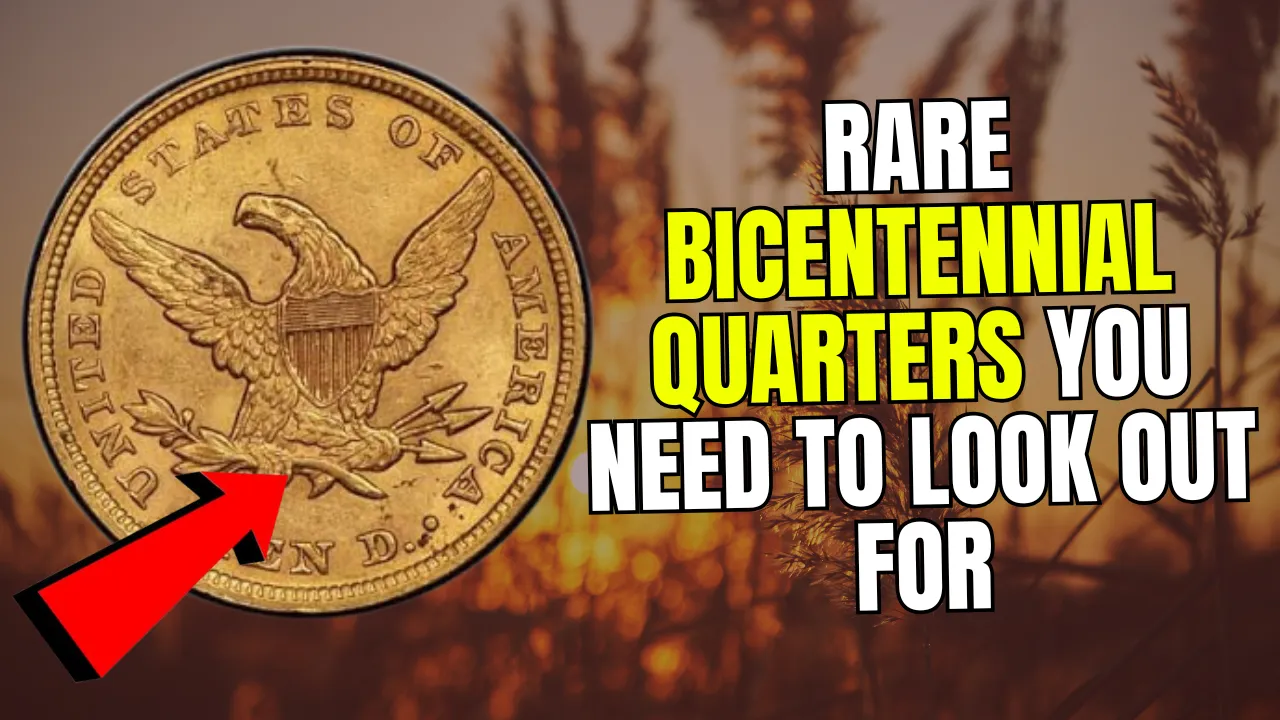3 Rare Dimes That Look Ordinary: Did you know that some of the most valuable treasures in the world could be jingling in your pocket right now? Rare dimes—coins that may look like everyday pocket change—have fetched astonishing sums at auctions. These unassuming pieces hold secrets in their history, design, or mistakes, turning them into prized collectibles worth a fortune.
In this article, we’ll explore three legendary rare dimes that have captured the imagination of collectors. From the mysterious 1894-S Barber Dime to the error-stricken 1975 No-S Roosevelt Dime, we’ll delve into what makes these coins so valuable. Whether you’re a seasoned collector or a curious beginner, you might just learn how to spot a hidden gem.
Rare Dimes at a Glance
Here’s a quick look at the dimes we’ll be discussing and what makes them extraordinary:
| Dime | Year | Key Feature | Rarity Level | Value |
| 1894-S Barber Dime | 1894 | Extremely limited mintage | Only 9 known to exist | Up to $1.99 million |
| 1916-D Mercury Dime | 1916 | Lowest mintage of the series | 264,000 minted | Up to $200,000 in top grade |
| 1975 No-S Roosevelt Dime | 1975 | Missing mintmark error | Only 2 known to exist | $456,000 (auctioned) |
The 1894-S Barber Dime: The Million-Dollar Coin
The 1894-S Barber Dime is the ultimate symbol of rarity and value in U.S. coinage. Minted in San Francisco in 1894, only 24 examples were ever produced, and just 9 are known to exist today. This coin’s story is as mysterious as it is fascinating.
Some speculate that these dimes were made as gifts for bankers, while others believe they were part of a financial audit at the mint. Whatever the reason, the limited mintage has made this coin one of the most sought-after in numismatic history. One pristine example sold for $1.99 million, making it one of the most valuable dimes ever discovered.
The 1916-D Mercury Dime: Small Numbers, Big Demand
The 1916-D Mercury Dime may not be as rare as the Barber Dime, but its low mintage of 264,000 coins makes it incredibly valuable. It’s the lowest production figure for the entire Mercury Dime series, and collectors love its iconic design.
On the surface, this coin might look like any other Mercury Dime. But the “D” mintmark on the reverse side (indicating it was struck in Denver) makes it a highly sought-after collectible. In high-grade condition, the 1916-D Mercury Dime can command prices of up to $200,000. This coin is a reminder that scarcity and demand go hand in hand when it comes to value.
The 1975 No-S Roosevelt Dime: A Modern-Day Error
Modern coins don’t usually make headlines, but the 1975 No-S Roosevelt Dime is an exception. Proof coins from the San Francisco Mint typically bear the “S” mintmark. However, due to a minting error, some 1975 dimes were struck without this mark, creating one of the rarest modern U.S. coins.
Only two examples of this error are known to exist. In 2019, one of these coins was auctioned for a jaw-dropping $456,000. Errors like this one are prized by collectors because they are unintentional and exceedingly rare, making them unique additions to any collection.
Why Are These Dimes So Valuable?
Several factors contribute to the extraordinary value of rare dimes, including:
- Scarcity: Coins with limited production or unique characteristics are inherently valuable.
- Condition: Coins in near-mint or high-grade condition fetch significantly higher prices.
- Historical Significance: The stories behind these coins—whether they’re tied to errors, limited runs, or special events—boost their appeal.
- Collector Interest: High demand among collectors drives up the market value of these coins.
How to Spot Rare Dimes
You don’t need to be an expert to identify a potential treasure. Here’s how you can start looking for rare dimes in your collection or pocket change:
- Check the Year: Pay attention to key dates like 1894, 1916, or 1975.
- Inspect Mintmarks: Look for mintmarks (e.g., “D” for Denver or “S” for San Francisco) or their absence, which can indicate rarity.
- Examine for Errors: Errors like missing details, double strikes, or unusual markings can significantly increase value.
- Assess Condition: Coins without major scratches or wear are more valuable.
- Seek Expertise: If you think you’ve found something special, consult a professional coin grader or dealer for verification.
The Excitement of Coin Collecting
Collecting coins isn’t just a hobby—it’s a chance to uncover history and, occasionally, great wealth. Whether you’re sifting through inherited collections or carefully examining your pocket change, you never know when you might stumble upon a rare find.
Start by educating yourself about coin values and building connections in the numismatic community. Online resources, forums, and local coin shows are great places to deepen your knowledge and sharpen your skills.
FAQs About Rare Dimes
1. How do I know if my dime is rare?
Look for specific years, mintmarks, or unique features like errors. You can also have your coin professionally graded.
2. Can rare dimes still be found in circulation?
While it’s uncommon, some rare dimes, especially older coins or error coins, can still appear in circulation.
3. What’s the most valuable dime ever sold?
The 1894-S Barber Dime, which sold for $1.99 million, holds the record.
4. Why are error coins like the 1975 No-S Dime valuable?
Errors are unintentional and rare, making them highly sought after by collectors.
5. What should I do if I think I have a rare dime?
Consult a trusted coin dealer or send it to a grading service like PCGS or NGC for authentication.
Final Thoughts
These three rare dimes—the 1894-S Barber Dime, the 1916-D Mercury Dime, and the 1975 No-S Roosevelt Dime—prove that treasures can sometimes be hiding in plain sight. Whether you’re a casual enthusiast or a serious collector, knowing the stories and features of these coins can help you spot valuable finds.
Take a closer look at your coin collection or spare change—you never know what you might discover. If you enjoyed this article, share it with fellow treasure hunters and leave a comment below. Happy collecting!
